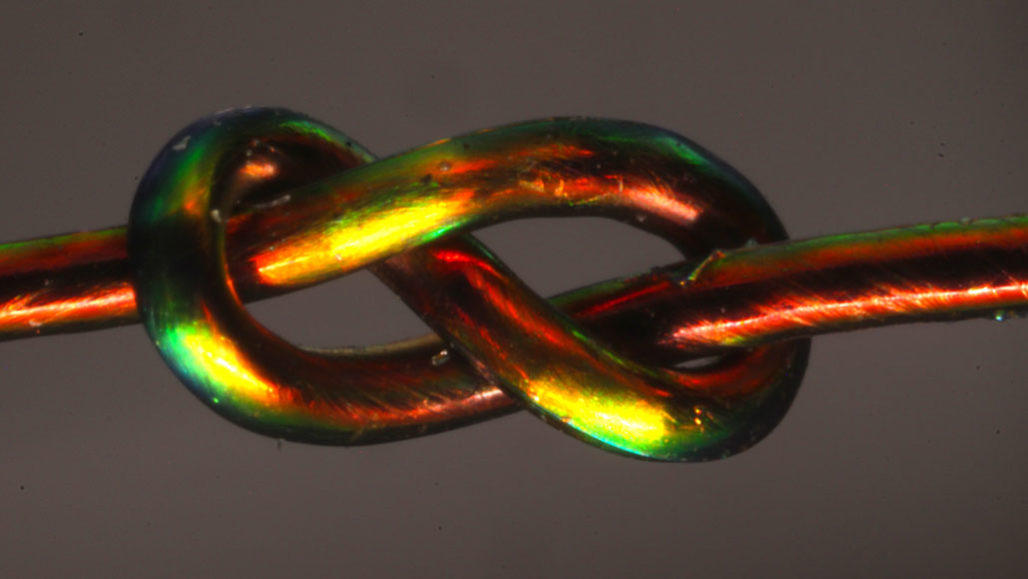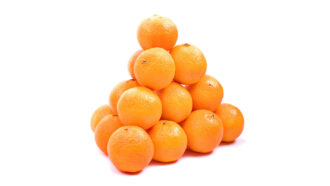colleague: Someone who works with another; a co-worker or team member.
computer model: A program that runs on a computer that creates a model, or simulation, of a real-world feature, phenomenon or event.
factor: Something that plays a role in a particular condition or event; a contributor.
fiber: Something whose shape resembles a thread or filament. (in nutrition) Components of many fibrous plant-based foods. These so-called non-digestible fibers tend to come from cellulose, lignin, and pectin — all plant constituents that resist breakdown by the body’s digestive enzymes.
geometry: The mathematical study of shapes, especially points, lines, planes, curves and surfaces.
hue: A color or shade of some color.
simulate: To deceive in some way by imitating the form or function of something. A simulated dietary fat, for instance, may deceive the mouth that it has tasted a real fat because it has the same feel on the tongue — without having any calories. A simulated sense of touch may fool the brain into thinking a finger has touched something even though a hand may no longer exists and has been replaced by a synthetic limb. (in computing) To try and imitate the conditions, functions or appearance of something. Computer programs that do this are referred to as simulations.
strain: (in physics) The forces or stresses that seek to twist or otherwise deform a rigid or semi-rigid object.
stress: (in physics) Pressure or tension exerted on a material object.
technology: The application of scientific knowledge for practical purposes, especially in industry — or the devices, processes and systems that result from those efforts.
topology: (in math) The study of the properties of shapes and their relationships to each other. Shapes are related when they have similar properties even after deformation (such as bending, stretching, shrinking). They will not be similar if cut, torn or have had some pieces glued (or otherwise patched) onto it. (in medicine) The anatomical shape or structure of some part of the body.








